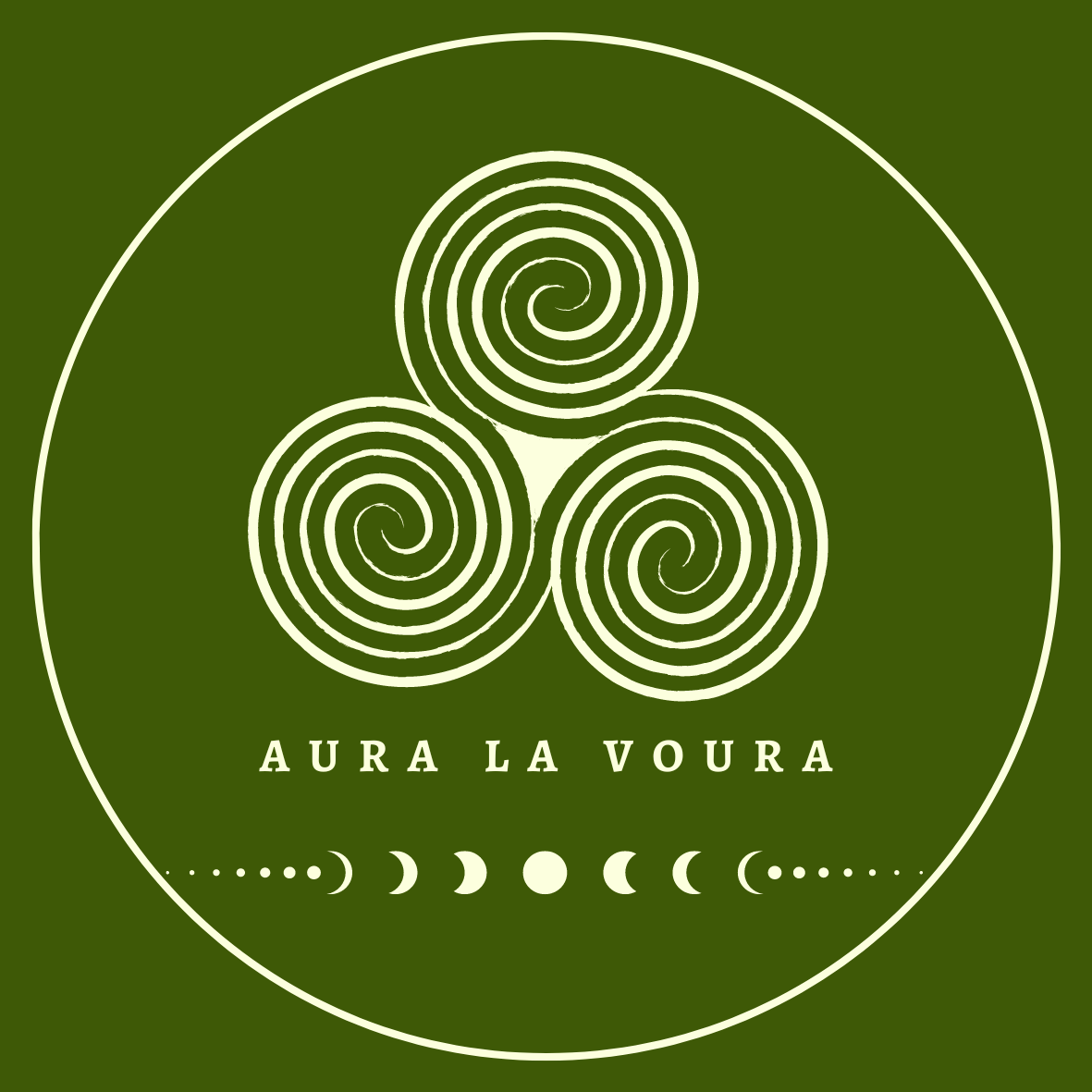
Mugwort Spagyric Tincture
Energetics: warm, dry, bitter, aromatic
Used to stimulate blood flow of the menstrual cycle and help one dream when facilitating dream work
Actions: digestive, emmenagogue, nervine, anti-parasitic, anthelmintic, abortifacient, carminative, cholagogue, diaphoretic
Mugwort (Artemisia Vulgaris), revered for centuries for its distinctive silvery-green leaves and aromatic scent, is referred to as “the dreaming herb.” Mugwort is widely used in traditional medicine practices around the world. Phytochemically, Mugwort contains a diverse array of beneficial compounds such as cineole, coumarin, quercetin, rutin and more. These constituents contribute to its antiseptic, anti-inflammatory, and antioxidant properties. Mugwort contains a compound called thujone which gives it its unique aroma. This herb may stimulate digestion, relieve menstrual pain, promote liver health, and support the immune system. The medicinal uses of Mugwort are extensive and deeply rooted in many cultures. It has long been utilized in traditional Chinese medicine to treat digestive disorders, menstrual irregularities, and alleviate symptoms of menopause. In European folk medicine, Mugwort may ease joint pain, reduce fever, and aid in sleep disorders. This sacred herb holds spiritual significance in certain traditions during purification rituals, dreamwork, and enhancing intuition.
Mugwort Spagyric Tincture
Energetics: warm, dry, bitter, aromatic
Used to stimulate blood flow of the menstrual cycle and help one dream when facilitating dream work
Actions: digestive, emmenagogue, nervine, anti-parasitic, anthelmintic, abortifacient, carminative, cholagogue, diaphoretic
Mugwort (Artemisia Vulgaris), revered for centuries for its distinctive silvery-green leaves and aromatic scent, is referred to as “the dreaming herb.” Mugwort is widely used in traditional medicine practices around the world. Phytochemically, Mugwort contains a diverse array of beneficial compounds such as cineole, coumarin, quercetin, rutin and more. These constituents contribute to its antiseptic, anti-inflammatory, and antioxidant properties. Mugwort contains a compound called thujone which gives it its unique aroma. This herb may stimulate digestion, relieve menstrual pain, promote liver health, and support the immune system. The medicinal uses of Mugwort are extensive and deeply rooted in many cultures. It has long been utilized in traditional Chinese medicine to treat digestive disorders, menstrual irregularities, and alleviate symptoms of menopause. In European folk medicine, Mugwort may ease joint pain, reduce fever, and aid in sleep disorders. This sacred herb holds spiritual significance in certain traditions during purification rituals, dreamwork, and enhancing intuition.
